Is it elementary to say you have a “top five” for red- or white-wine grapes? Is it useful in any way, or just plain oversimplification?
I bring this up because a well-known sommelier recently went there on twitter — a bit of pithy fun during a nerve-wracking week — and it got me thinking about the usefulness of top fives. Online, they’re click bait, but offline they can be downright handy.
Mine was remarkably definitive: Cabernet Franc, Nerello Mascalese, Gamay, Pinot Noir and … Nebbiolo (surprise! surprise!). Of course, there is the inevitable yeah, but Pinot Noir from where? question that arises from such an exercise, but in a few short words you can summarize what kind of a wine drinker you are. I think in the end, its quite useful, especially in communicating your tastes at a restaurant or to new friends.
I got my chance to drop my top five this week when I attended a school fund-raiser fashioned as a blind-wine party. Whoever brought the best blind bottle got to take home a case of wine. As people milled about and either played dumb about wine or bragged about their tastes (there is always one in the crowd), someone asked me what kind of wine I like to drink. The top five popped into my head and I was done. My wine interests were defined without me going into some rambling, bullshit-sounding diatribe about the primacy of terroir (a subject near and dear to my heart, but c’mon: know your audience).
I brought a Syrah from Saint-Joseph and it did not win. A Cabernet Sauvignon did (again: surprise! surprise!). In that format, with 22 bottles opened and several of them blasting their loud speakers with tones of chocolate and cherries and oak (on the day before Valentine’s no less!) Cabernet Sauvignon was always going to have its hand on the scales.
In fact, it demonstrated to me once again that I like quieter wines. Nobody would call Nebbiolo or Nerello Mascalese a shrinking violet on their own, but against the wines that still dominate popular taste in America, it is amazing how overwhelmed they can be.
In fact, of my “top five red wine grapes,” the only one that would have had a chance to be noticed in such a large-scale blind tasting was Cabernet Franc.
To the Loire for Château Hureau
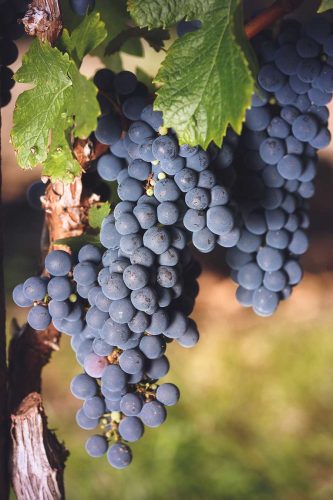
Cabernet Franc is an endlessly fascinating grape. The father of both Cabernet Sauvignon and Merlot, this red grape frequently exhibits a character that is sometimes a tad gruff, frequently juicy with dark-berry and plummy tones, and structured enough to bench-press its own weight. Most often, it is a spicy little dude, especially where it reaches apex in quality, in the Loire River Valley of France. There, it can have the verve of Pinot Noir, the gravitas of Cabernet Sauvignon (without the noisy volume), and a bell-pepper cut of pyrazine on the nose that is unmistakably the variety’s signature.
That peppery hit is like catnip to me, and so, I keep returning.
The wineries in the Loire are not often as splashy or fancy as they are in nearby Bordeaux. There seems to be a modest “I’m a farmer first” ethos to these wines, and the labels often follow that aesthetic as well. Château du Hureau is an exception on the first account — an ornate 18th century castle stuffed against a tufa limestone cliff on the left bank of the Loire — but its label is humble de rigueur.
I recently tasted their top wine, the lively 2015 “Lisagathe” Saumur-Champigny, and was reminded why I love Cabernet Franc from the Loire so much. Sourced from vines that were planted in 1953 and 1991, the wine comes from a defined plot of vines named after the proprietor’s daughters, Lisa and Agathe. The tufa limestone gives the roots of these plants something interesting to sink into, and whether that’s the magical element that gives “Lisagathe” its signature minerality or not, I cannot speak to. But this wine confirms why Cabernet Franc is in my top five. Maybe next time I attend a school fund-raiser, I’ll spice things up with a bottle of “Lisagathe” and win something for a change.
2015 Château du Hureau Lisagathe Saumur-Champigny
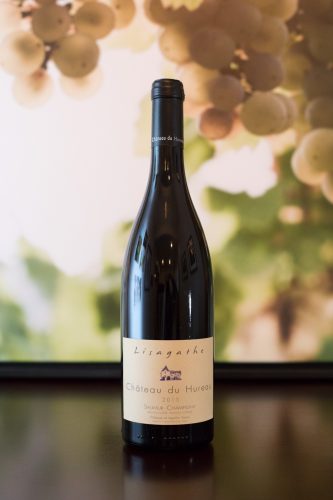 Saumur-Champigny AOC (Loire)
Saumur-Champigny AOC (Loire)
Grapes: Cabernet Franc (100%)
Alcohol: 13.5%
Practice: (certified organic)
Rating: ★★★★★ (out of five)
Food-friendliness:
Value: As expected
Tasting notes: At first, this wine disguised itself as something other than Cabernet Franc. Its bright-red edges and ethereal aromas had my mind headed to Burgundy at first, but soon, that sharp note of bell pepper on the nose hit and I was grounded in the Loire Valley. A mischievously complex Cabernet Franc that is among the most delicate on the market, strongly suggestive of red raspberries, plums, walnuts and even saffron to go with the aforementioned spiciness. The wine bursts with freshness, and displays phantom tannins that only take hold on the finish, as does a slatey minerality that encourages another sip. Brilliant work. Production is limited to 2,500 cases.
Serving suggestion: Let breath for 30 minutes and don’t be afraid to serve it in a Burgundy glass. It feels more appropriate given its suggestive aromas.
Note: This wine was provided as a sample by Polaner Selections. Learn more about our editorial policy.

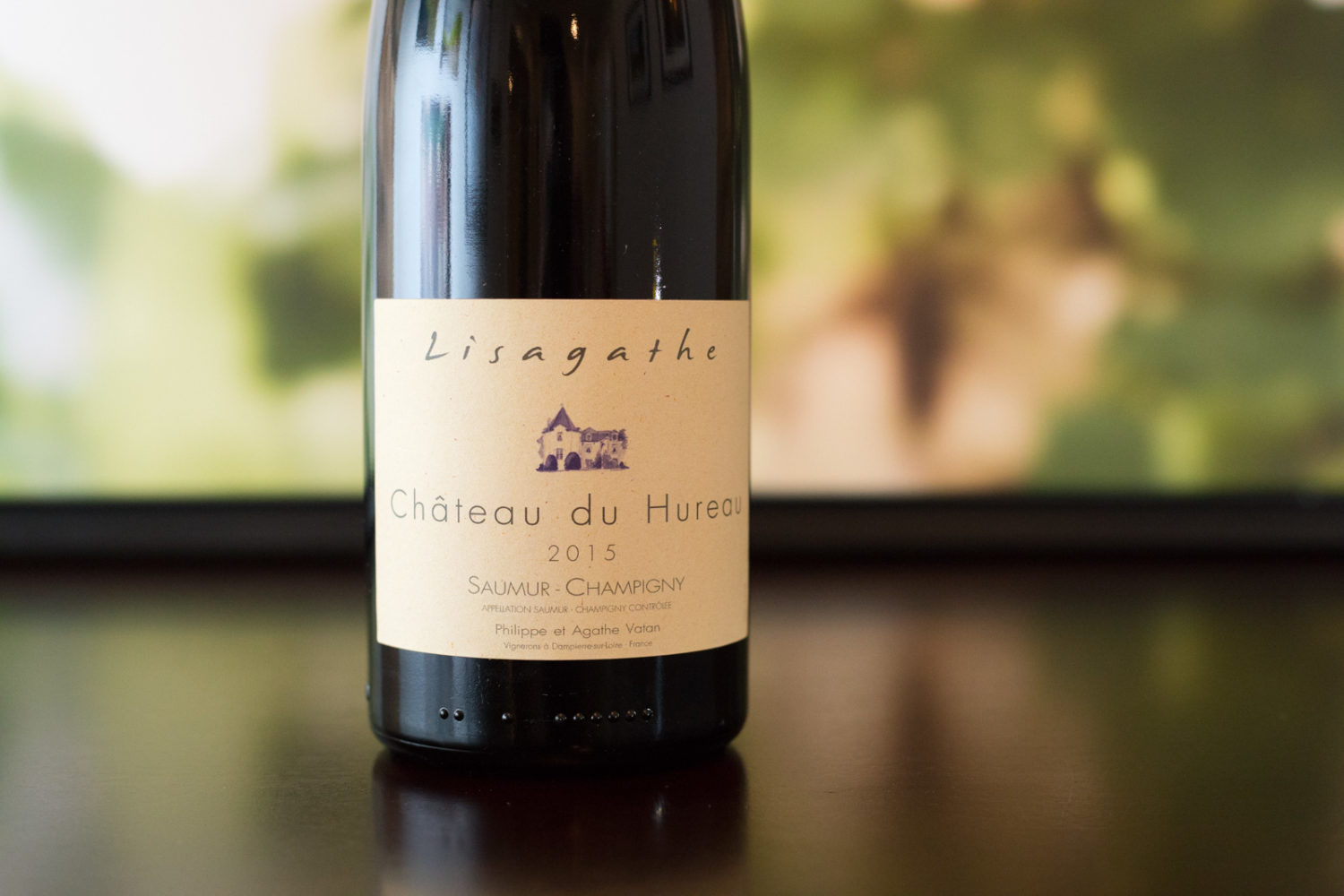

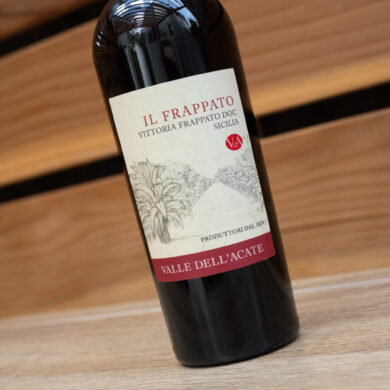
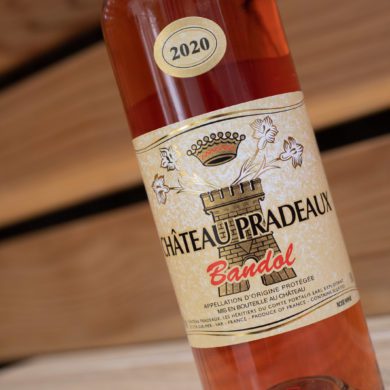
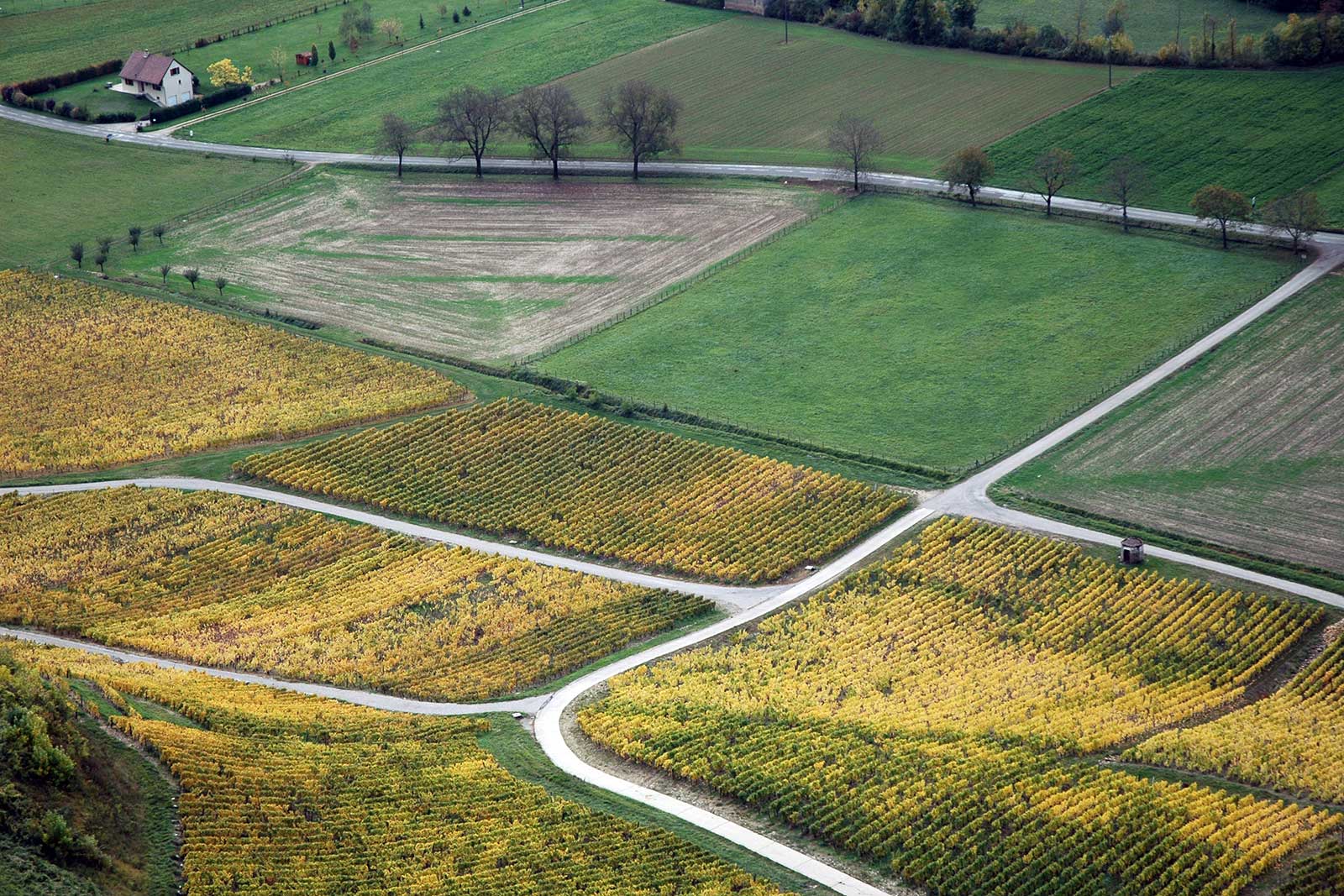
Love Cabernet Franc.It appears to be shoving it’s son out of the way here in the state of Virginia. What are your feelings and tastes for Tannat? I am becoming a real fan.
I confess that I don’t know Tannat extremely well, but what I’ve had of it has shown real potential. It’s tannic structure can be a little firm, which I think limits its options at the table. And you?